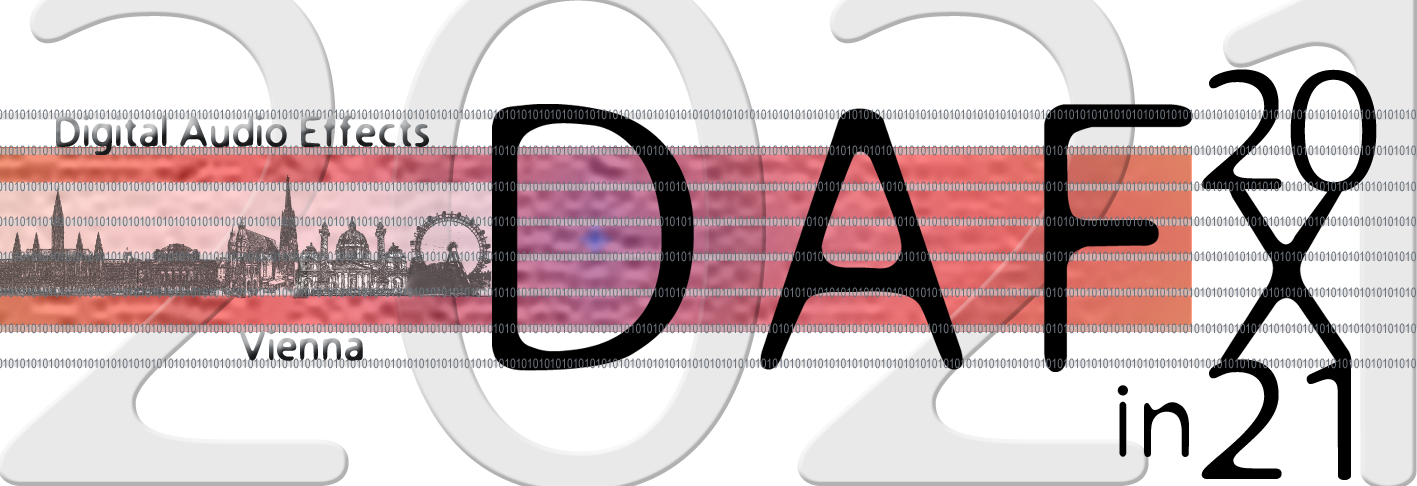

An Acoustic Paintbrush Method for Simulated Room Impulse Responses
Otto Puomio, Tapani Pihlajakuja, and Tapio Lokki
Companion page for a paper in the The 23rd International Conference on Digital Audio Effects (DAFx-20)
Vienna, Austria, 8–12 September, 2020
The article can be downloaded here.
Abstract
Virtual reality applications require all kinds of methods to create plausible virtual acoustics environments to enhance the user experience. Here, we present an acoustic paintbrush method that modifies the timbre of a simple room acoustics simulation with the timbre of a measured room response while aiming to preserve the spatial aspects of the simulated room. In other words, the method only applies the measured spectral coloration and alters the simulated and temporal distribution of early reflections as little as possible. Three variations of the acoustic paintbrush method are validated with a listening test. The results indicate that the method works reasonably well. The paintbrushed room acoustic simulations were perceived to become closer to the measured room acoustics than the source simulation. However, the limits of the perceived effect varied depending on the input signal and the simulated and recorded responses. This warrants for further perceptual testing.
Sound Samples
Below, you can find the sound samples as they were in the listening test.
Cello
Scroll sideways to find more samples.
Drum
Scroll sideways to find more samples.
Speech
Scroll sideways to find more samples.